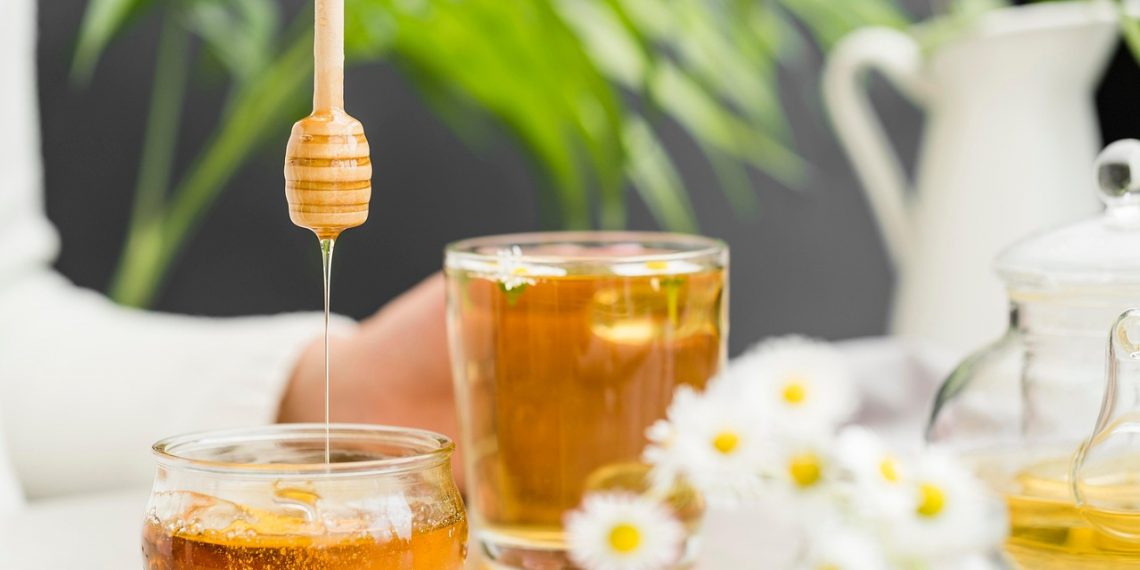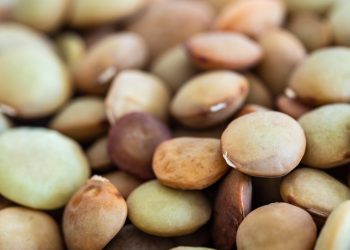5 Healing Benefits of Raw Honey for Tendon Recovery
Did you know that ancient civilizations revered honey not just as a sweetener but also as a powerful healing agent? For thousands of years, cultures from Egypt to Greece have harnessed the natural properties of honey for its medicinal benefits. Today, there’s a growing interest in how raw honey can aid in tendon recovery, especially for athletes and active individuals who push their bodies to the limit. If you’ve ever dealt with a tendon injury, you might be curious about whether this golden elixir can help speed up your healing process. Let’s dive into five key benefits of raw honey for tendon recovery.
Contents
1. Anti-Inflammatory Properties
One of the most significant benefits of raw honey is its natural anti-inflammatory properties. Inflammation often accompanies tendon injuries, leading to pain and stiffness. Raw honey contains antioxidants and flavonoids that can help reduce inflammation.
How It Works
The antioxidants in raw honey help neutralize free radicals, which can exacerbate inflammation. A study published in the Journal of Medicinal Food found that honey can inhibit the production of pro-inflammatory cytokines in the body, which are responsible for signaling inflammation.
Practical Tip
Consider applying raw honey topically to the affected area. A simple honey wrap can be made by spreading honey on a clean cloth and applying it to the tendon. This method not only delivers the anti-inflammatory benefits directly to the site but also keeps the area moist, promoting healing.
2. Antimicrobial Properties
Injuries can sometimes lead to infections, especially if the skin is broken. Raw honey is known for its strong antimicrobial properties, making it an excellent natural remedy to prevent infections during the healing process.
The Science Behind It
Research published in the Journal of Clinical Microbiology shows that raw honey can inhibit the growth of various bacteria, including strains like Staphylococcus aureus, which is commonly associated with skin infections. Its high sugar content helps create an environment that is inhospitable for bacteria.
Usage
If you have a tendon injury that has broken the skin, applying raw honey can help prevent infection. Just remember to clean the wound first, then apply a thin layer of honey before covering it with a bandage.
3. Nutrient-Rich Composition
Raw honey isn’t just sugar; it’s packed with essential vitamins, minerals, and enzymes that can aid in recovery. These nutrients support the body’s healing processes, making raw honey a valuable addition to your diet during tendon recovery.
Nutritional Breakdown
Raw honey contains vitamins like B6 and C, minerals such as calcium and magnesium, and beneficial enzymes. These nutrients can help in collagen formation, which is vital for tendon repair. Collagen is a protein that provides structure to your tendons, and having the right nutrients can support its synthesis.
Incorporating Honey
You can easily integrate raw honey into your daily routine. Add it to your tea, yogurt, or smoothies. Just be mindful of the quantity, as it’s still a form of sugar. A tablespoon a day can provide ample benefits without going overboard.
4. Enhanced Moisture Retention
Moisture is key in the healing process, especially for soft tissue injuries like tendon damage. Raw honey has humectant properties, which means it draws moisture from the environment into the skin. This can be particularly beneficial when healing tendons.
The Mechanism
When applied topically, raw honey creates a protective barrier that locks in moisture, preventing the area from drying out. A study in the Wounds journal highlighted that honey dressings can significantly improve the moisture levels in wounds, facilitating faster healing.
Application Method
For tendon injuries, you can make a honey and olive oil mixture to enhance moisture retention. Mix equal parts raw honey and olive oil, apply it to the affected area, and cover it with a breathable bandage. This combo not only keeps the area hydrated but also adds the anti-inflammatory benefits of olive oil.
5. Promotes Healing and Regeneration
Finally, raw honey is known to promote tissue regeneration, which is vital for tendon recovery. Its natural healing properties can help speed up the recovery process, allowing you to return to your activities sooner.
Healing Mechanism
Raw honey stimulates the growth of new cells and tissues, thanks to its rich array of nutrients. A study published in BMC Complementary Medicine and Therapies found that honey can significantly improve wound healing by promoting cell proliferation and migration.
Long-Term Benefits
Incorporating raw honey into your healing regimen may not only speed up recovery but also enhance the overall quality of the tendon tissue. This can lead to better strength and flexibility, reducing the risk of future injuries.
FAQs
1. How should I use raw honey for tendon recovery?
You can consume raw honey daily, apply it topically to the affected area, or use it in a mixture with other natural ingredients like olive oil.
2. Are there any side effects of using raw honey?
While raw honey is generally safe for most people, those allergic to bees or pollen should avoid it. Additionally, it’s high in sugar, so moderation is key.
3. Can I use raw honey on open wounds?
Yes, raw honey has antimicrobial properties and can be effective on minor open wounds. However, always consult with a healthcare provider for severe injuries.
4. How long does it take to see results?
Results can vary based on the severity of the injury. However, many people report feeling improvements within a few days to weeks of consistent use.
Conclusion
Raw honey is not just a sweet treat; it’s a powerhouse of healing benefits, especially for tendon recovery. From its anti-inflammatory properties to its ability to promote tissue regeneration, this natural remedy offers a holistic approach to healing. While research continues to emerge on its effectiveness, many have turned to raw honey as a supportive addition to their recovery process.
So, the next time you find yourself nursing a tendon injury, consider reaching for that jar of raw honey. It might just be the natural boost your body needs to heal faster and stronger.
Remember, though, while raw honey can be a fantastic aid, it’s essential to consult with a healthcare provider for personalized advice tailored to your situation.
Disclaimer: This article is for educational purposes only and is not a substitute for professional medical advice. Always consult a qualified healthcare provider before making changes to your health routine.
References
- Al-Waili, N. S. (2004). “Honey and health: A review of the health benefits of honey.” Journal of Medicinal Food, 7(1), 1-10. https://doi.org/10.1089/jmf.2004.7.1
- Molan, P. C. (2001). “Why honey is effective as a medicine.” Journal of Medicinal Food, 4(1), 1-7. https://doi.org/10.1089/109662001750193763
- Majtan, J. (2014). “Honey: A remedy for wounds and burns.” BMC Complementary Medicine and Therapies, 14, 1-8. https://doi.org/10.1186/1472-6882-14-1
Get Your FREE Natural Health Guide!
Subscribe now and receive our exclusive ebook packed with natural health tips, practical wellness advice, and easy lifestyle changes — delivered straight to your inbox.














